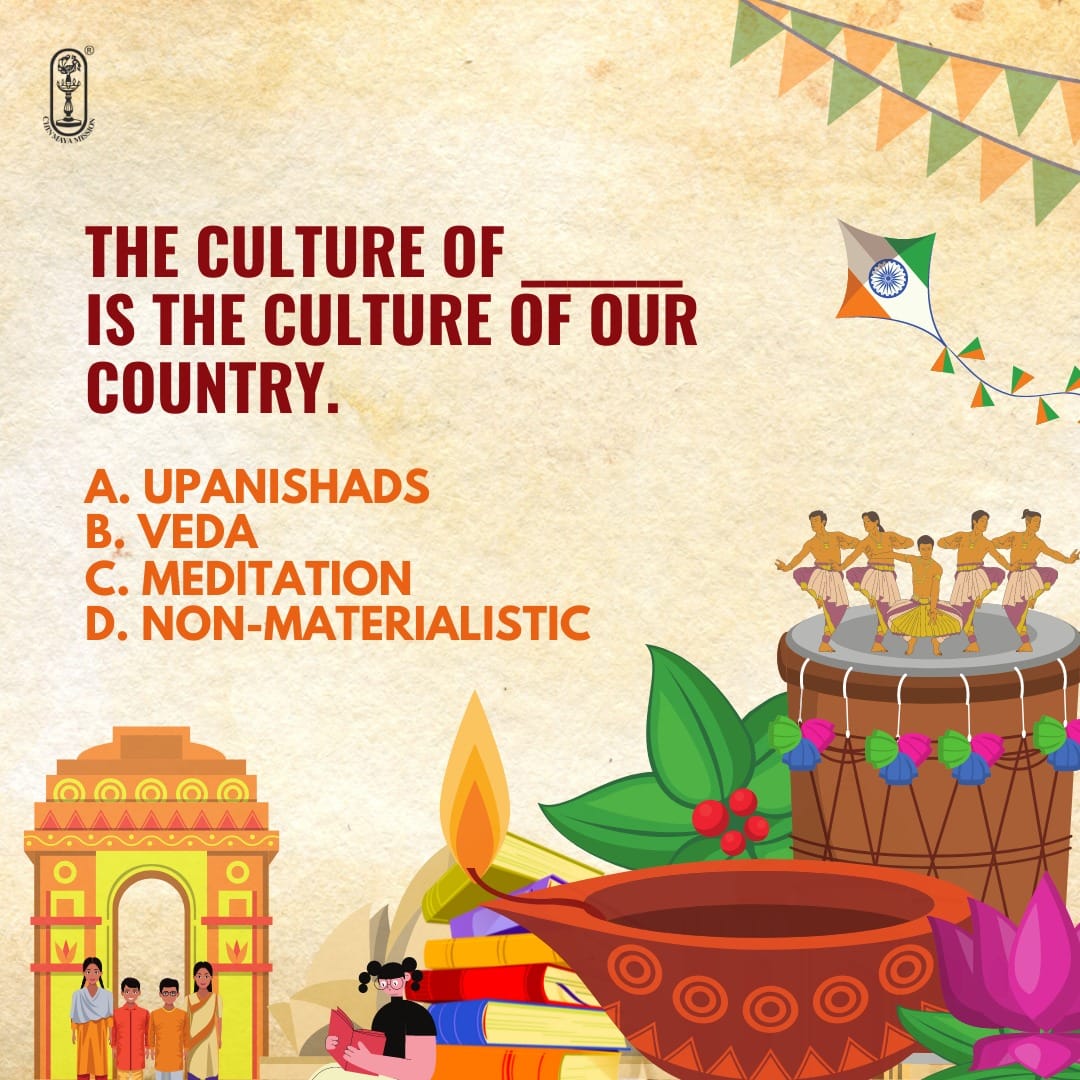Purusha and Prakriti As Described by the Sankhya Tradition :
To,
All Members,
At the Divine level, the Lord of Creation, Ishwara manifests through the supreme Nature, Para Prakriti, or Shakti. When this gets translated into the world of creation and the action of Nature as experienced by the creatures, such as human beings, who live, grow and evolve within that field, we find that there is an experience of a Purusha, a witness consciousness that is silent and provides awareness and sanction, and of Prakriti, the active mechanical processes of Nature that carry out the Will of the Supreme without necessarily being directly conscious of the intention. Sri Aurobindo points out the value of this understanding: “and although it is not all the true truth, not in any way the highest truth either of Purusha or of Prakriti, still it is a valid and indispensable practical knowledge in the lower hemisphere of existence.”
The reason that it is so indispensable is the very practicality of this distinction between the silent supporting witness and the executive mechanical nature, which we can experience when we begin to observe our inner life and eventually gain some leverage to adapt and modify it during the process of Yoga.
Sri Aurobindo describes this relationship in some detail: “Nature,–not as she is in her divine Truth, the conscious Power of the Eternal, but as she appears to us in the Ignorance,–is executive Force, mechanical in her steps, not consciously intelligent to our experiences of her, although all her works are instinct with an absolute intelligence. Not in herself master, she is full of a self-aware Power (This Power is the conscious divine Shakti of the Ishwara, the transcendent and universal Mother.) which has an infinite mastery and, because of this Power driving her, she rules all and exactly fulfils the work intended in her by the Ishwara.”
“Purusha himself does not execute; he maintains Prakriti in her action and allows her to express in energy and process and formed result what he perceives in his knowledge.”
For the practitioner of Yoga, who is trying to to speed up the evolution and address the many and varied forces acting in and through him, the practical separation of Purusha and Prakriti provides a powerful aid to the process. The practitioner moves his awareness back into a witness mode and can then observe the forces at work without direct involvement or attachment, thus gaining an intimate knowledge of the complexity and varied sources of those forces. By providing sanction or withdrawing sanction, the action of nature within the individual begins to change over time. Without this practical distinction we remain involved on the surface in the ebb and flow of energy and the action of the three modes without any chance of escaping the bondage of that energy.
When once the standpoint has been shifted to the divine standpoint, these distinctions lose their meaning and importance to the practitioner, but there is a long road usually before that occurs and along the way, the standpoint of the inner Witness of nature is an extremely valuable tool in consciousness.
Sri Aurobindo

.jpg)



Comments